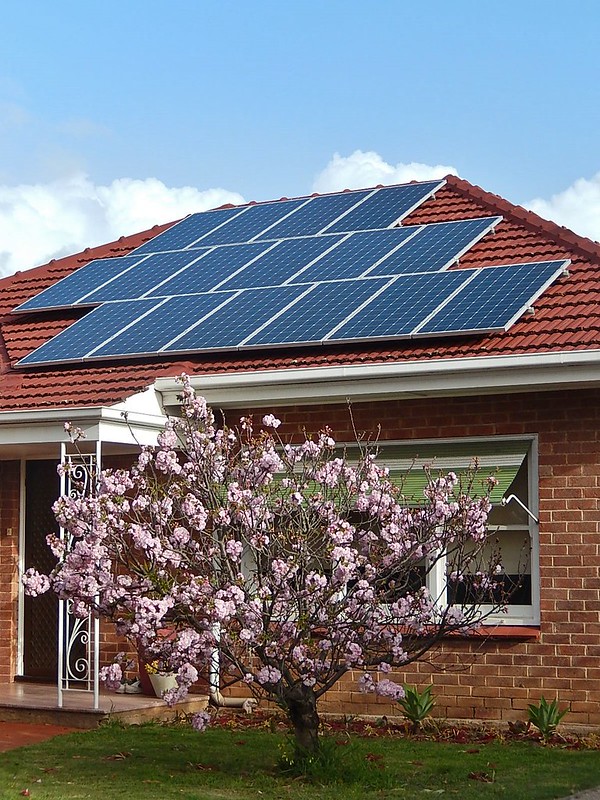Clothing, entertainment and video games may go out of style, but saving money never will. And what’s better than saving money and being eco-friendly at the same time? Not much, I’d say. Solar panels are a wonderful way to power your home, business or portable device without using dangerous fossil fuels.
 Source: Flickr
Source: FlickrObviously solar panels are a fairly expensive investment to make, but in a few years, you’ll start reaping the benefits of a clean, free power plant. But since very few of us are connoisseurs of panels, it might be a bit disconcerting to get thrown into the market- so here are a few tips on what to look for whether it’s your first solar panel or your fifth.
The first metric you’ll need to look at is what you want powered. Earlier photovoltaic solar panels used to be only for small, portable devices like watches and calculators, but these days technological development has allowed them to be used in almost every medium imaginable. If you want your home powered, you’ll want to look at residential solar panels. They might be a few thousand dollars, but it’ll be worth it in the long run. The other type is commercial panels, which are usually for large corporate businesses. Both are generally made using crystalline silicon, thin-film or string ribbon technology.
The next thing to look for is the brand name. It’s best to go with a larger, more established brand considering repair and maintenance will likely happen fairly frequently- larger firms can cater to you more adequately in this way than smaller companies can. Good brands to look out for are Sharp, Suntech, Renesola and CSUN. There are more, but that’s a start.
Once you’ve found a good brand and figured out what you want powered, it’s time to think about the auxiliary parts you’ll need. For example, if you are using portable photovoltaic panels, you won’t need anything else (since they supply low voltages), but if you’re looking at proving energy to the home or office, you’ll want to invest in inverters to process direct current into alternating current- this will match the current with the adequate level of energy production. BOS components like PV racks, maximizers, solar monitoring and solar security devices are also tools you might want to research.
Then, you need to calculate the cost. Compare your proposed monthly solar payment to your monthly power bill. What is the life of the system? Many companies, as a selling point, will tailor your financing so your solar payment is lower than your power bill. That makes it easy to calculate. If it isn’t, will the system be paid off early and still have years of life after it is paid off? Do the payments exceed the life of the system? Sit down and crunch the numbers with your spouse and an accountant or someone who can help you with cost analysis.
Finally, you’ll want to ask the supplier about different warranties offered. This extends to both the materials used and the power. In terms of material warranty, you’ll want to find a period close to 10 years if possible. In terms of power warranties, companies will give you this warranty based on the expected power output over the course of x number of years. It could read something like “95% power output for the first x number of years and then 85% for the next x number of years”. Be careful about the warranties and ask lots and lots of questions, especially since this is such an asymmetric business.
Once you’ve done research over exactly what you want, it’s time to head over to the store itself or the internet and find a great supplier. Great companies will provide you with informative and comprehensive guides to the equipment with the help of a well-qualified staff.
About the Author:
Bob Parker is a professional writer & Guest Author. He writes article on different topic such as provide information about solar panels, Residential solar power systems & many other solar products.
